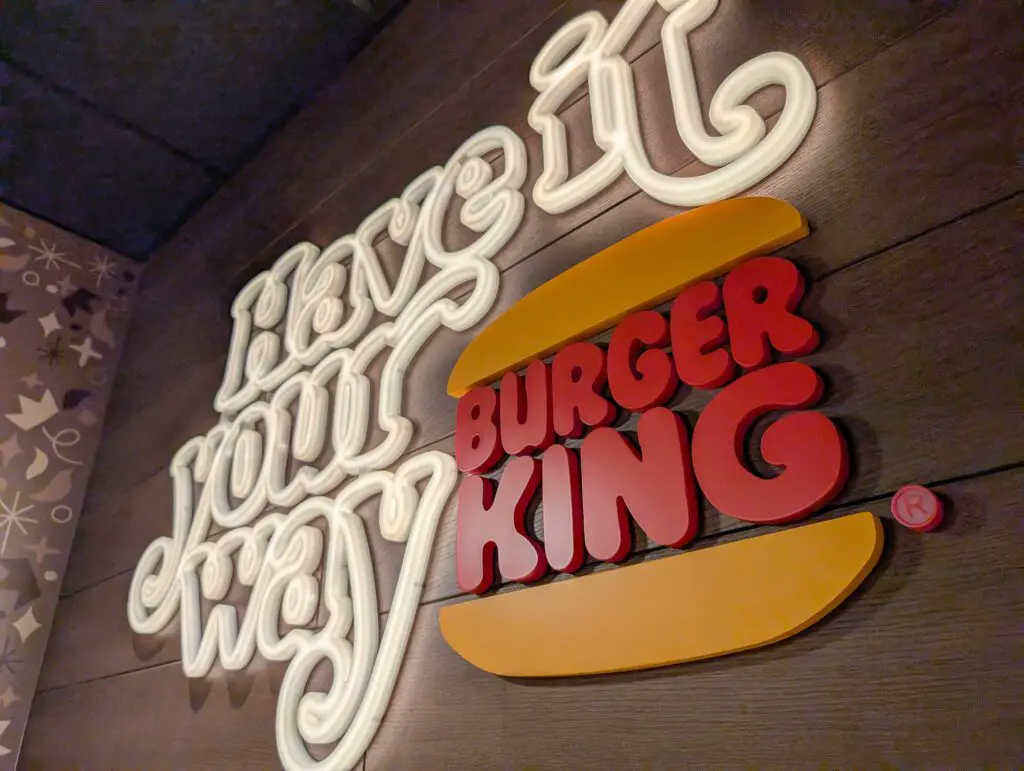Humour in Marketing: The Strategy That Will Make You Laugh… To the Bank
When Laughter Translates into Sales (And It’s No Joke)
If you’re reading this, it’s probably because:
- You’re interested in marketing and want to stand out.
- You’re tired of conventional strategies that don’t generate engagement.
- You accidentally looked for cat videos, but since you’re already here…
- Let’s see what bullshit Alfonso has to entertain me for a while.
Whatever the reason, discover why humour isn’t just for comedians but also for marketers with vision. And the best part: we have data to back it up (because we know your boss won’t be satisfied with “it’s fun”).
The Benefits of Humor in Marketing (Scientifically Proven)
1. Increases Brand Recall
A University of Pennsylvania study showed that ads with humour are 88% more likely to be remembered than those that take themselves too seriously. Remember the Old Spice ad “The Man Your Man Could Smell Like”? We all remember it, and their sales increased by 107% after its launch.
2. Guaranteed Virality (Almost)
According to BuzzSumo data, humorous content is 2.1 times more likely to be shared on social media than standard content. And no, it’s not because your followers are particularly generous; it’s because humour activates the brain’s reward center, and we want to share that feeling.
3. Humanizes Your Brand
71% of consumers say they prefer to buy from brands with personality. Humour is the fastest way to show that there are real people behind your logo, not robots programmed to say “dear customer” in every other sentence.
4. Creates Emotional Connections
A Nielsen study revealed that ads with emotional responses generate three times more ROI. Making your audience laugh is like telling them, “I understand you,” without sounding like a stalker.
The Risks (Because It’s Not All Fun and Confetti)
1. Humor Is Not Universal
What makes a millennial laugh might offend a baby boomer and completely confuse Generation Z. Burger King learned this lesson when their “OK Boomer” campaign generated laughter and criticism.

2. The Line Between Funny and Offensive Is Very Thin
38% of consumers have stopped following a brand because of an inappropriate joke. Pepsi experienced this with their disastrous ad featuring Kendall Jenner, who tried to be clever about social issues and ended up being pulled within 24 hours.
Context: In this politicized mute, where “political correctness” trumps common sense, this work was labelled as a mockery of civil rights movements, and the company immediately pulled it off the market. This is the reason for another blog.
3. It Can Dilute Your Message
If the joke eclipses the message, you’ve lost the battle. A Harvard Business Review study found that 63% of viewers remembered the joke, but only 21% could name the advertising brand.
The 5 Characteristics of Successful Humor in Marketing
1. Authenticity
86% of consumers value authenticity above all else. Netflix has built its social media personality by being authentically sarcastic and self-critical, achieving engagement rates 4 times higher than its competitors.
2. Relevance
Humour must be connected to your product or service. Dollar Shave Club made people laugh with their viral “Our Blades Are F***ing Great,” and made the product benefit clear while increasing their subscriptions by 200%.
3. Audience Knowledge
Wendy’s on Twitter knows exactly who their audience is and how to make them laugh at their competitors without alienating their followers, resulting in a 49% growth in brand mentions.
4. Perfect Timing
Ryan Reynolds and his Aviation Gin brand took advantage of the controversial Peloton ad to create a humorous response in just 24 hours, generating 6 million views and a 593% increase in brand-related searches.
5. Strategic Consistency
76% of consumers expect brands to maintain their personality across all channels. Old Spice didn’t just make a funny commercial; they transformed their entire communication strategy, resulting in a 37% market dominance in their category.
Success Stories (So You Don’t Think We’re Making This Up)
IKEA: Quarantine Instruction Manual
During the pandemic, IKEA published instruction manuals on how to build forts with furniture for children at home. The manuals were simple, useful, and perfectly aligned with their brand. The result: 2.7 million shares and a 352% increase in searches for children’s furniture.
Duolingo: The Stalking Owl
Duolingo turned its app’s “annoying” notifications into a humorous social media character that humorously stalks users who abandon their lessons. Thanks to this approach, Duolingo’s TikTok account grew by 120% in 6 months.
Spotify: Wrapped
Turning your embarrassing listening habits into shareable content is pure genius. Wrapped’s annual release generates a 21% increase in app downloads and millions of social media posts—all because they know how to laugh at our musical taste.
What If I’m Not Naturally Funny? (Relax, We Are)
This is where Ideas Fan comes in. Not all of us are born with the gift of making people laugh, just as we do not know how to program in Python or prepare a perfect soufflé.
Our team of creatives combines scientific marketing knowledge with the perfect timing of a professional comedian to create campaigns that:
- Increase engagement by 47% on average
- Raise conversions by 32% compared to traditional strategies
- Generate an ROI 2.3 times greater than “serious” campaigns
Don’t Be The Last One Laughing! (Call to Action)
What do funerals and boring marketing strategies have in common? Everyone attends out of obligation, nobody wants to be there, and they’re forgotten the next day.
Stop being the brand that causes yawns! Hire Ideas Fan today and turn your marketing into something people want to see.
Our clients don’t just laugh all the way to the bank; they also laugh IN the bank while checking their growing balances.
[Contact us for a free consultation] – We promise it will be the most fun business meeting you’ve ever had (and if not, we’ll buy you a coffee while we pretend it was).





